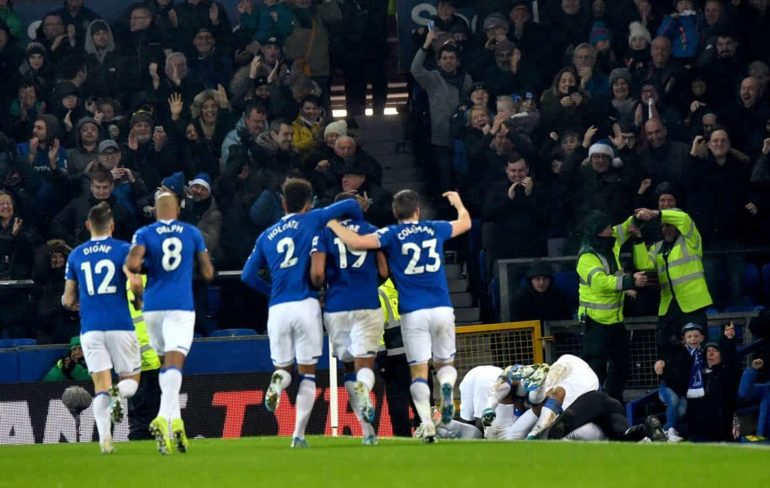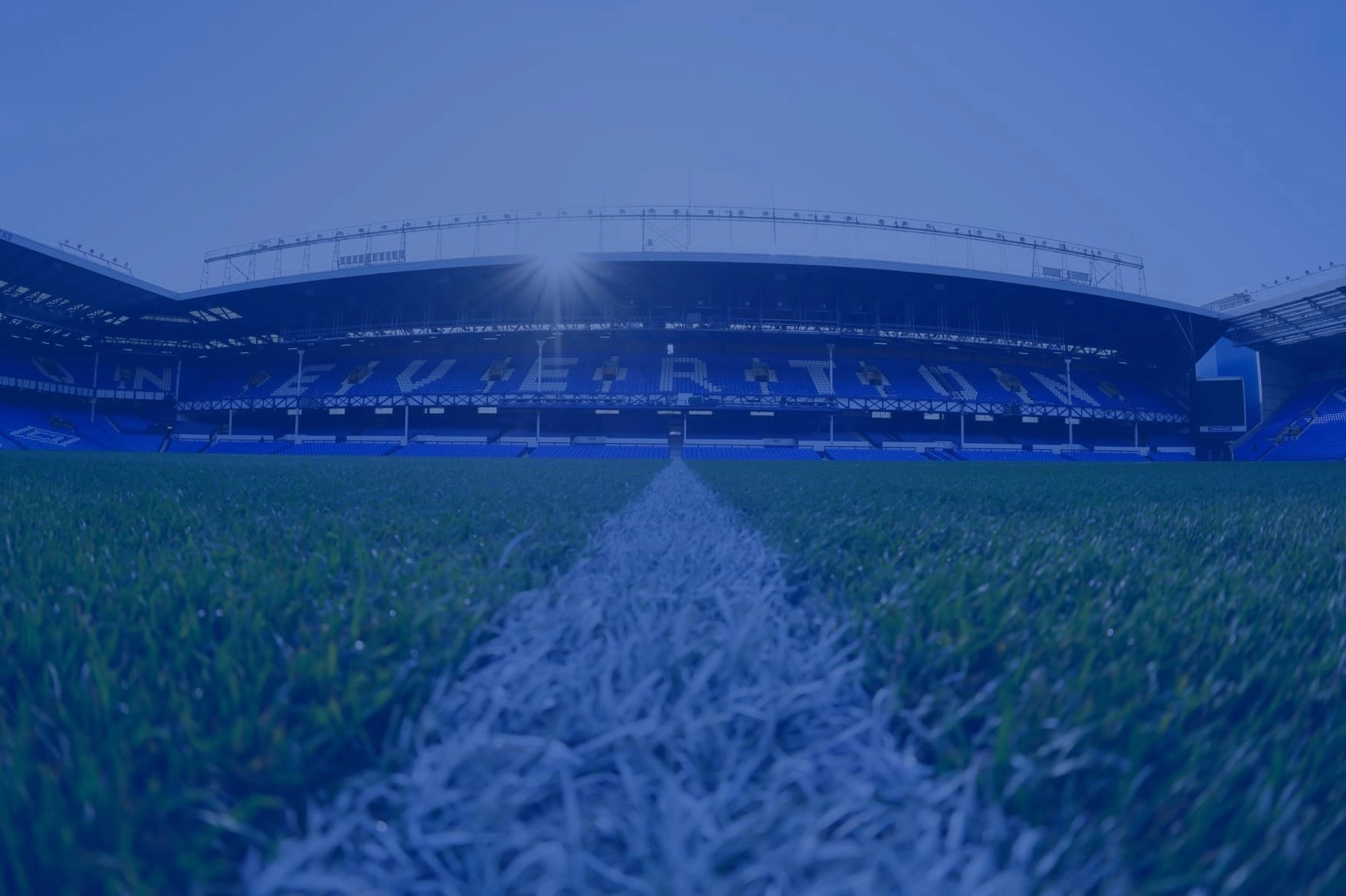With the Dutch league voiding, in addition to the cancellations of the French, Scottish and Belgium leagues (as well as all English leagues from tier 5 downwards being voided) it feels an opportune moment to begin to analyse the 2019/20 season for Everton. As has been the case post Moshiri, it feels as if it has been a season with no shortage of events, but also one where some dramatical underlying trends underpin what appears to be a mundane season where Everton finish around half way up, within touching distance of the top 5 teams but ultimately not quite close enough.
The immediate parallel would be to the 2017/18 season. In both cases it was the 2nd season for a manager who had shown some promise in their first year in charge but one where supporters were also hoping for this to be built upon in the 2nd season. Each summer saw significant investment into the playing squad but also some important players leaving the club. While much has been made of the summer of 2017 and the loss of Romelu Lukaku perhaps not enough has been made of Everton’s loss of Gana Gueye. While he has moved on to PSG, and is currently in the whoscored Team of the year for Lique 1 (in a league not short of highly talented midfield players) and this cemented his status as an elite midfield destroyer Everton and Silva were left with a real absence in the middle of the park. The result was that for much of this season we have been too easy to play against and have been unable to maintain the degree of control required in games which is commensurate with winning matches.
It would be unfair to hold this entirely at the door of Marcel Brands. Where the replacement of Lukaku was undoubtedly botched it is hard to see any logic behind the decision making. They signed a small Spanish striker who was often deployed in wide positions across a 3 (Sandro), and a player who tended to play off a striker and been increasingly utilised in midfield (Rooney) to replace a powerful, strong figurehead with an enviable goal record. It’s hard to have seen how the outcome could have been any different. However, in Brands defence he had identified Fabian Delph, an experienced tough tackling midfield player to be brought in alongside a big, powerful, young, mobile midfield player from Germany (Gbamin). On paper (especially when you factor in the fees of both of the above were more or less covered by Gana’s sale) it looked logical forward planning. Unfortunately though football is played on grass and not paper.
While it’s perhaps a convenient excuse to put all of the blame on the loss of Gana, for Silva and Everton in the first half of the the season we just didn’t recover well enough. We were unfortunate to lose Gbamin early, but Delphs form has been particularly disappointing. Moving into next season the hope will have to be that Gbamin can get fit, and begin to fill the void left by Gana.
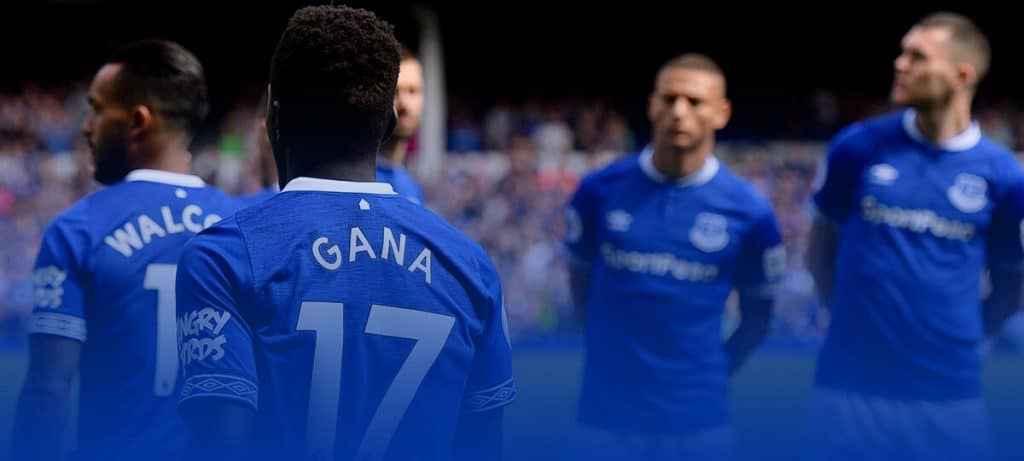
While I feel it’s important to note the loss of Gana, I do also want to focus on 3 other very interesting pieces of information that I feel help illustrate where the season went wrong, and provide some grounds for cautious optimism as we move forward. They are;
1) The pre-post Silva form.
2) The 1st half v 2nd half performance.
3) The stats around points won from falling behind.
Each in their own own way I think paint a picture of a squad that has lots of ability, but too often lets itself down with some fairly basic mistakes (that theoretically should be fixable).
On the first first, we sacked Marco Silva sitting 18th in the league after 15 league games. In the following 14 league games we sit 5th. In the 11 Ancelotti has taken charge of we sit 4th. In both cases we are within 2 points of 2nd place. Essentially, had the appalling decision to rule out Everton’s winning goal against Manchester United not been taken, we would be joint 2nd in the form table since SIlva left.
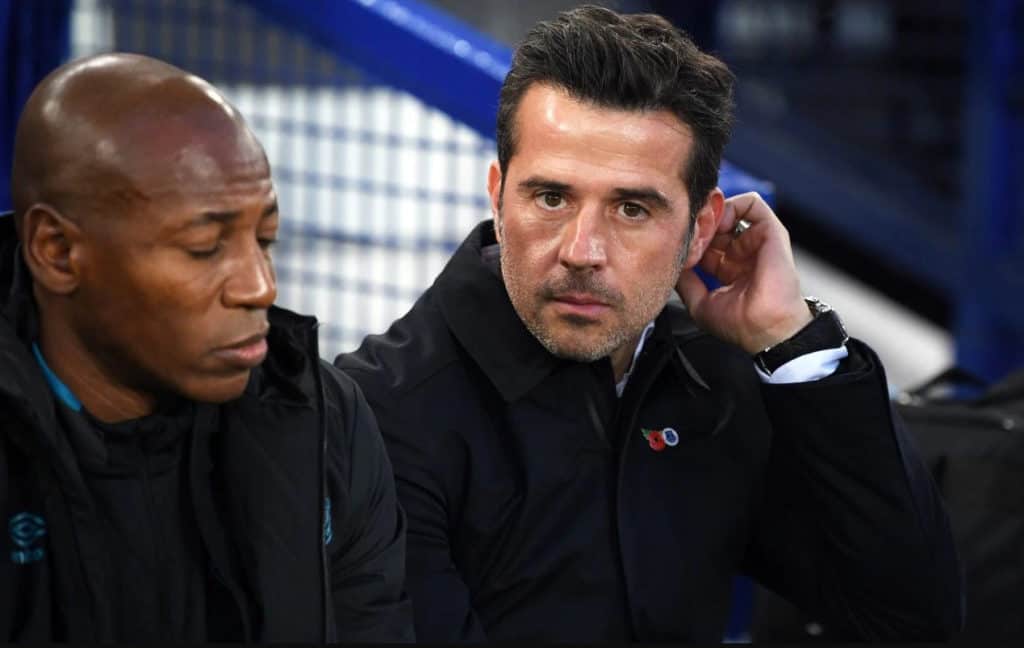
A lot of wider issues can be drawn from this, but given this quite stark data it is hard to avoid the conclusion that the ability of the manager has been a very important variable for this side. It’s also worth noting, that 14 games is hardly a small sample size and that within those 14 games they have played 7 of the widely regarded top 6 teams in the league (the big 6). In Silva’s first 15 games, he only had to play 3. With ostensibly much more challenging fixtures, firstly Ferguson and then Ancelotti have produced markedly better results. To lift a side from 18th to 4/5th is a marked improvement. It hints at this currently being a squad that is capable of at least challenging for the top 6, and under the management of Ancelotti being able to break into the top 6. I see that as a base level for where we are currently.
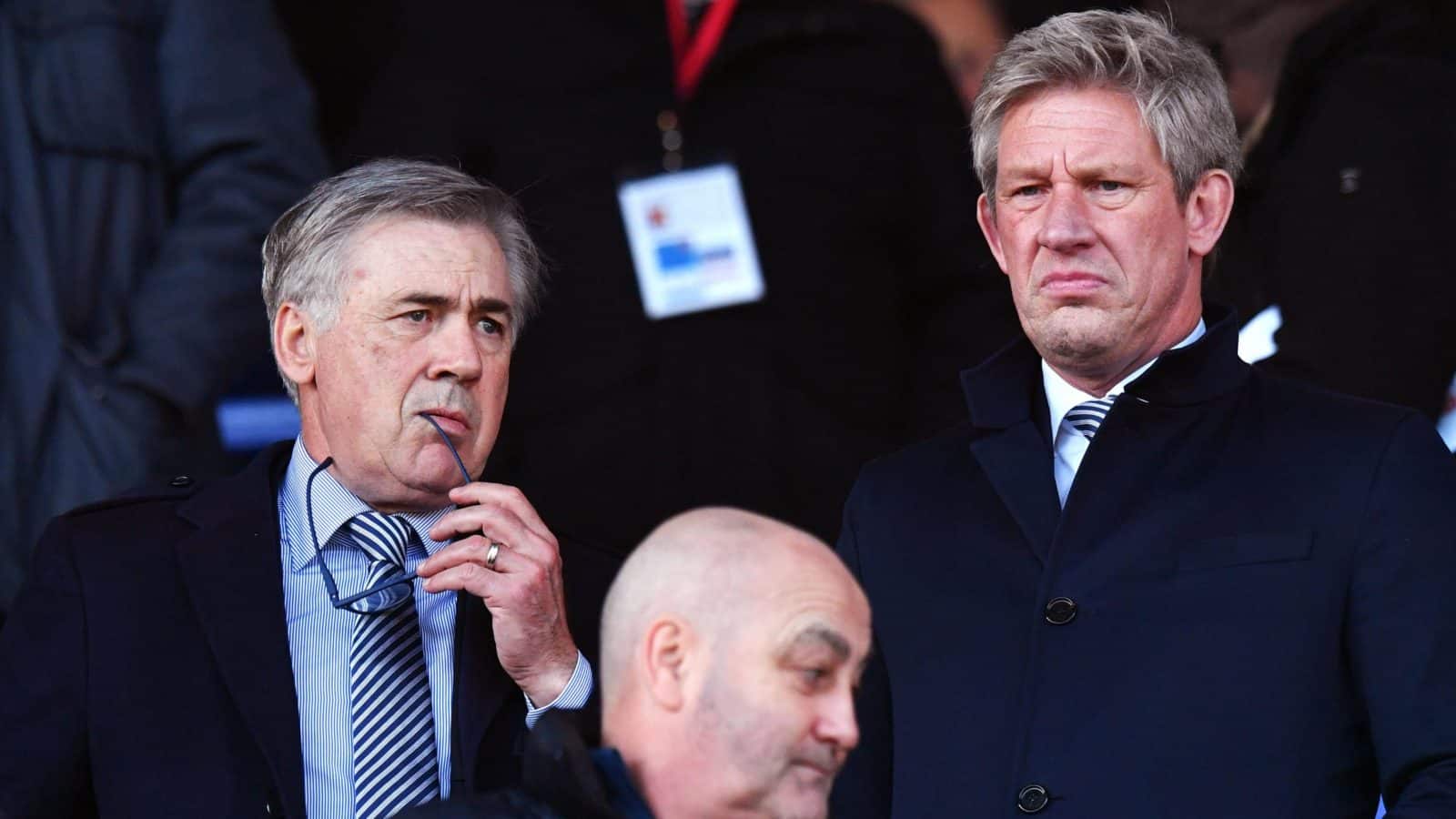
I do think the following two aspects re-enforce the perspective that most of Everton’s struggles can be levelled at the coach (as opposed to a range of factors that was the case in 2017/18, with the coaching of the team being one of a number of factors). When Silva left Everton they sat 4th in the table in terms of 1st half performance and 20th for 2nd half performance. In the 9 years of the data being produced, I can see only 1 team who were in the top 4 for the 1st half performance even being in the bottom half (Manchester United were 4th and 13th and under Van Gaal). Such a gap is extremely striking and there is no real comparable example over recent years.
On the one hand it suggests that Silva was quite an adept coach, able to set sides up to be quite effective and perform to a good standard but on the flip side lacked the game management, tactical acumen or communication skills to get his message across clearly during the half time interval. It shows a manager who-if the pattern of a game changed-perhaps beyond his initial outline of how he wanted the game to go would be too inflexible to be able to adapt effectively. It also hints at a playing staff who are not fit enough and are lacking in leadership qualities to be able to consolidate and maintain promising positions into winning games. For anyone who watched Everton under Marco Silva I don’t think any of these conclusions come as any surprise. There’s no doubt he wanted to do well, was trying and at times we could demonstrate decent performances, but the glaring mis management of games was very clear.
On the final issue Everton sat in the bottom 3 for recovering points from losing positions. In Silva’s year and a half in charge they didn’t win a single game when falling behind. This season we have amassed 5 points (though 4 of them under Ancelotti) from losing positions. No Everton manager has ever been so low in this metric. Martinez (widely regarded as having fairly weak minded teams, went from 9th to 13th) Koeman was in the top 8 and Moyes was in the top 4 in two of his last 4 seasons (he was also position 1 in his first season in 2002/3). How you react to going behind is perhaps the biggest and clearest examplar of the culture that exists within the dressing and the impact the coach has. It’s very hard to see any manager succeeding when they win so few points back and sit in the bottom 4 ot 5 teams in the league on this measure. Plans will not always go your way, and like we’ve noted above you have to be flexible enough to overcome moments of difficulty.
It may seem odd that some positives can be drawn from the above. However the flip of the above is that a side who had all of the above faults sits within 6 points of the top 5. It is also worth noting, that in general, not having ability as opposed to not having application is a much harder problem to solve. For years under Moyes we had a fairly limited squad in terms of ability that was adept at maximising what ability it had to close to potential. Yet each summer would see a battle to try and cling to our league position, knowing others were slowly catching and overtaking us, and we lacked the finance to be able to by players of sufficient quality to keep up.
The squad we have now is by no means a poor squad. I recently watched Everton’s 2006 3-0 victory over Liverpool with a side that contained fullbacks of Gary Naysmith and Tony Hibbert and a midfield duo of Phil Neville and Lee Carsley. None of these players were world beaters, or had the natural ability of most of our current squad, but they knew their limitations and strengths and eeked out every ounce of talent for one another. They would finish 6th, conceding just 36 goals that season.
This is also above all else a young squad (1nd youngest in the league in 2018/19 and 5th youngest in 2019/20). The big implied positive is with the exposure may if the young players have had it would be reasonable to assume they could improve. You also think, as players gain exposure, things such as game management, leadership and astute play become more natural. I think we have seen this process with Calvert Lewin, Richarlinson and Holgate occur over the last 6 months. You have seen all 3 start to take responsibility for the teams performances. If next season another 3 can kick on in that way (say Iwobi, Kean, Gbamin and Kenny) the Everton squad starts to feel markedly different. It is worth noting, very few Everton sides over the last have been in a position where they are in the top 4 for 1st half performances. There’s ability but that has to be matched to a more streetwise approach.
Alongside this, recruitment will be important. In a recent poll I ran, Brands in the first summer scored 6 out of 6 for players recruited, which dropped to just 2 out of 6 in his 2nd summer. I think that drop hurt Silva. You could legitimately argue though, with 6 new signings hitting the ground running in the first season we didn’t achieve enough. There is a little pressure on Brands, and while a 100% success rate is outstanding and shouldn’t be a benchmark, we need to be scoring over 50% in terms of success rate each season. In his defence, he hope would be 3 of the signings last summer (Kean, Iwobi and Gbamin) are really very close on the hit or miss scale (around 40-60 hit to miss) and he can hope that alongside this summers intake they firmly establish themselves as part of the first team squad in the way Mina has done this season. If they were to do so, it makes it much easier for newer signings who then come in.
With that in mind, how you view the 2019/20 season to date and what prospects it leaves us for moving forward really depends upon your own personal perspective. There are sharp disparities between different metrics. While there has been enormous frustration early into season we appear to have arrived at a point where we are better set up to move forward that perhaps for a generation. We have an established manager, who will have learnt a lot about the squad. We have a young, talented but quite naive squad that have thus far responded well to him, and a DOF who has settled into the role well. The summer will undoubtedly be a buyers market, where teams can secure a lot more for their money and if Everton can spend money there is a real chance that Everton could become something of a surprise package next season.


